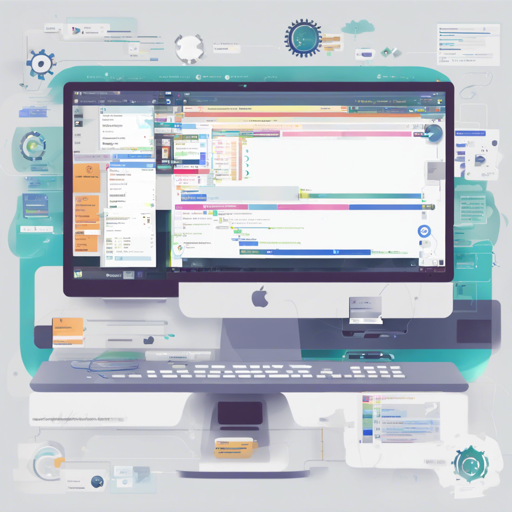Welcome to your comprehensive guide on installing and utilizing Leantime, an open-source project management system designed to cater to the needs of non-project managers. With features like strategic planning, task management, and simplified collaboration, Leantime is both user-friendly and robust—ideal for teams looking for an alternative to ClickUp, Monday, or Asana.
Why Leantime?
Leantime takes into account the challenges faced by individuals with ADHD, dyslexia, and autism, making it a highly accessible tool for all team members. It combines the simplicity of Trello with the rich feature set of Jira, allowing any user to effectively manage projects.
Key Features of Leantime
- Task Management: Kanban boards, Gantt charts, and multiple view options.
- Project Dashboards: Keep track of status updates and project reports.
- Knowledge Management: Wikis and document storage for effective information sharing.
- Time Tracking: Comprehensive time management tools including timesheets.
- Integration: Connects seamlessly with Slack, Mattermost, and Discord.
- Multi-language Support: Available in over 20 languages to cater to global teams.
System Requirements
- PHP 8.1+
- MySQL 8.0+
- Apache or Nginx (IIS works with modifications)
- Necessary PHP Extensions: mysql, mbstring, GD, exif, pcntl, bcmath, opcache, ldap
Installation Steps
Installing Leantime can be done in several ways. Let’s break it down into manageable steps.
1. Local Production Installation
- Download the latest release package from the release page.
- Create an empty MySQL database.
- Upload the entire directory to your server.
- Point your domain root to the public directory.
- Rename
config.env.sampletoconfig.env. - Fill in your database credentials in
config.env. - Navigate to yourdomain.com/install and follow the instructions.
2. Production Installation via Docker
The Docker method simplifies the process as follows:
- Use the official Docker image.
- Run the image with your MySQL credentials.
- Navigate to yourdomain.com/install after starting the container.
3. Development Installation
If you wish to set up a development environment, follow these steps:
- Clone the repository to your local server.
- Create a MySQL database.
- Run the webpack builder via
make build-dev. - Follow similar steps as in the production setup to configure the environment.
Understanding the Installation Procedure: An Analogy
Think of installing Leantime like setting up a new restaurant. First, you pick a location (domain) and make sure the necessary space (server) is ready. You then gather your supplies (install components) and finally, set up the kitchen (configuration) for chefs (users) to create delicious dishes (manage projects). Just as any restaurant requires specific equipment, Leantime needs its dependencies and environment features to function correctly.
Troubleshooting Tips
Like any software installation, you may encounter issues during setup. Here are some common problems and how to address them:
- Database Errors: Double-check your MySQL database credentials in
config.env. Ensure you have created the database with the correct permissions. - Server Configuration Issues: If you’re using IIS, make sure you’ve allowed the PATCH method as per the previous instructions.
- Docker Issues: Ensure that the volumes are correctly mounted and that you have the right permissions for the plugin directory.
- If problems persist, consult community resources or reach out for technical support.
For more insights, updates, or to collaborate on AI development projects, stay connected with fxis.ai.
Conclusion
At fxis.ai, we believe that such advancements are crucial for the future of AI, as they enable more comprehensive and effective solutions. Our team is continually exploring new methodologies to push the envelope in artificial intelligence, ensuring that our clients benefit from the latest technological innovations.
With this guide in hand, you’re ready to dive into the world of effective project management with Leantime! Happy planning!

